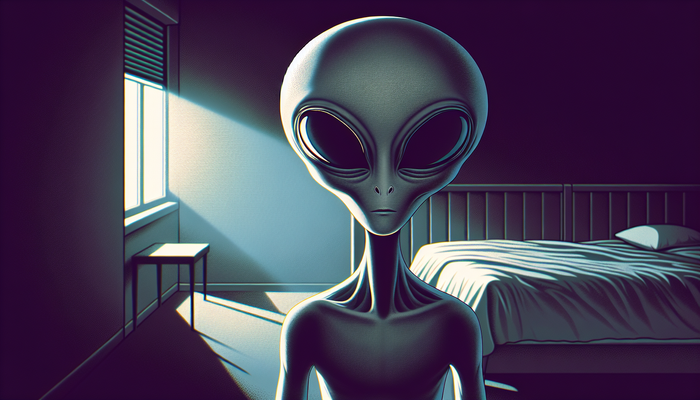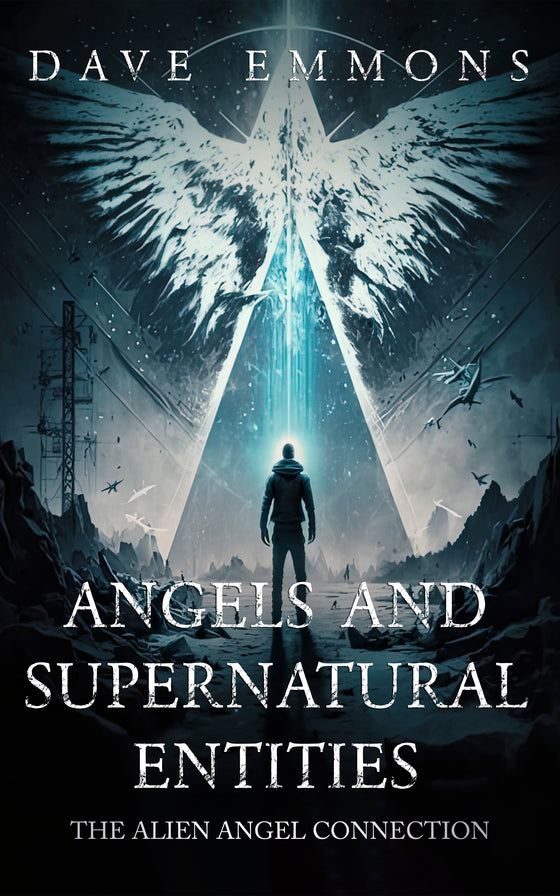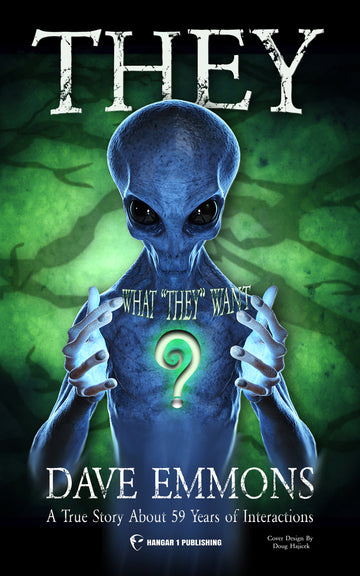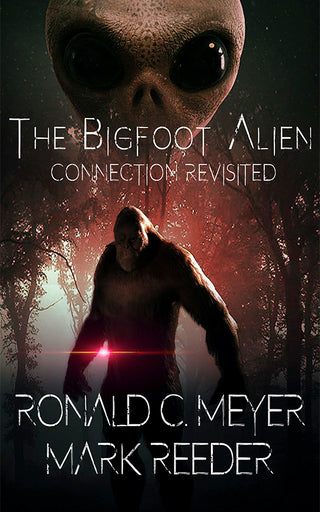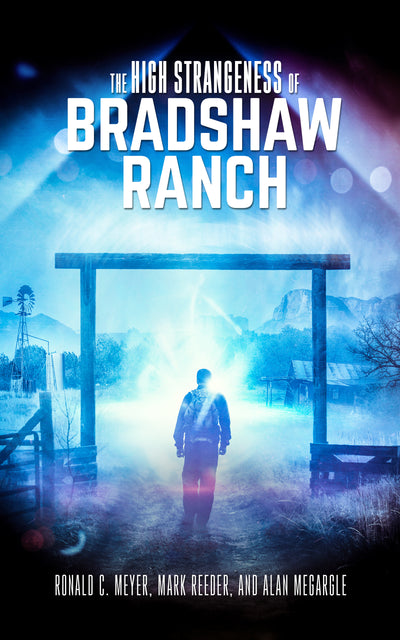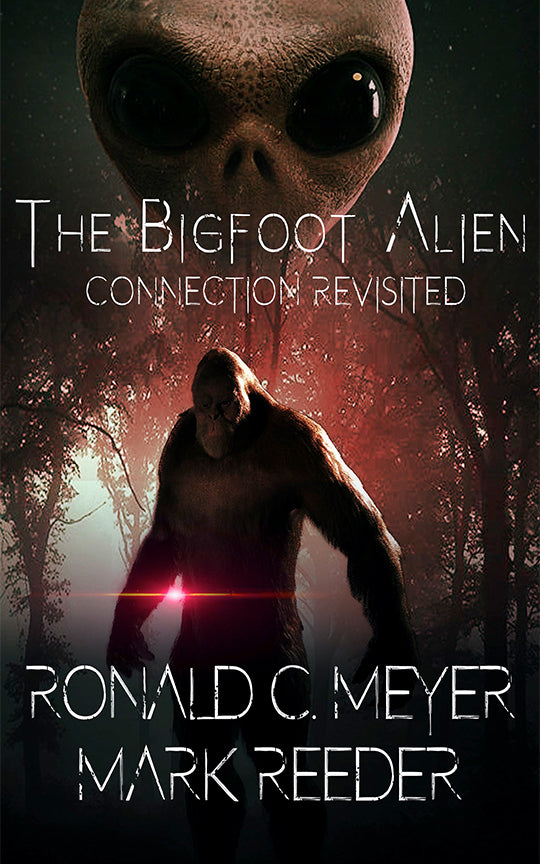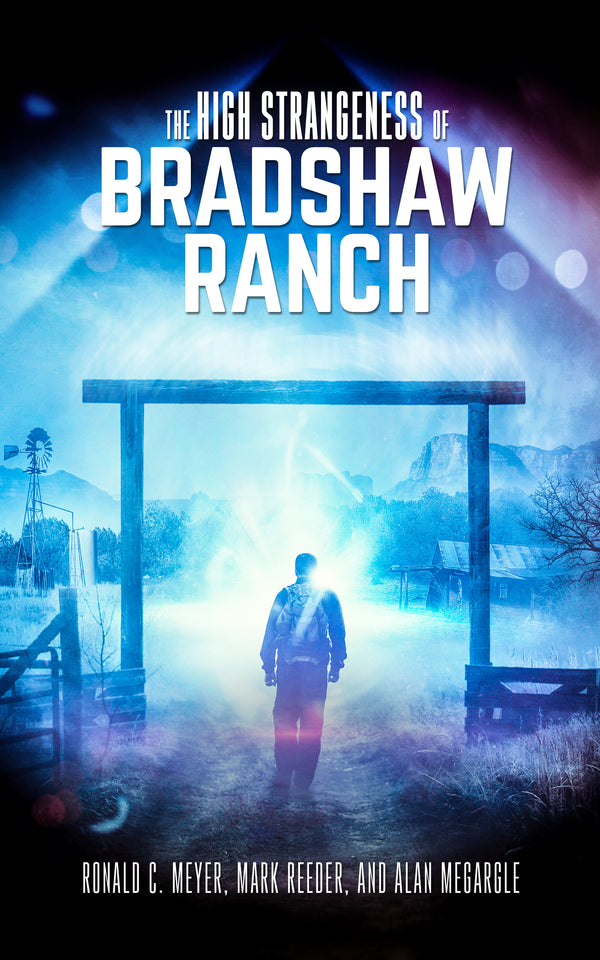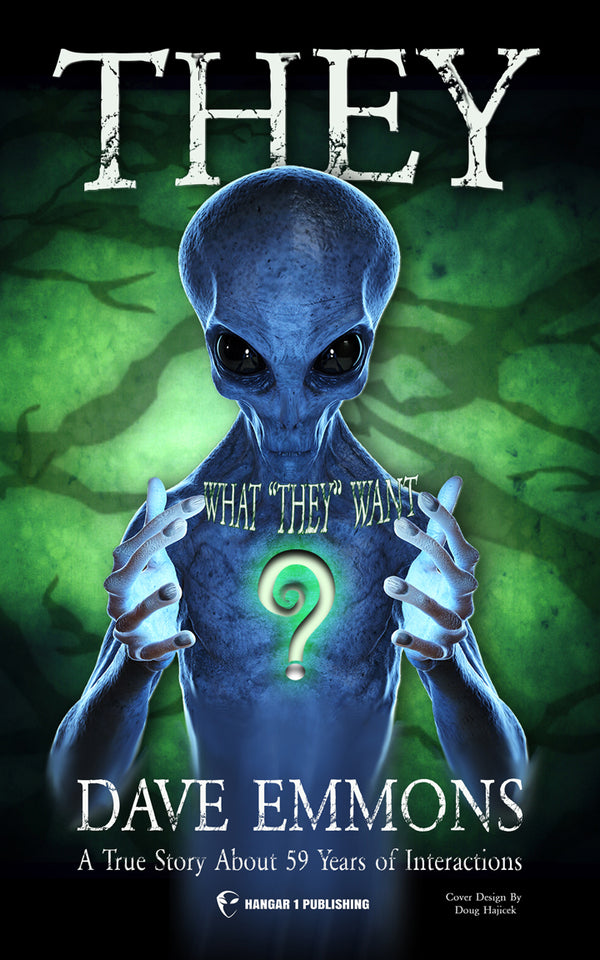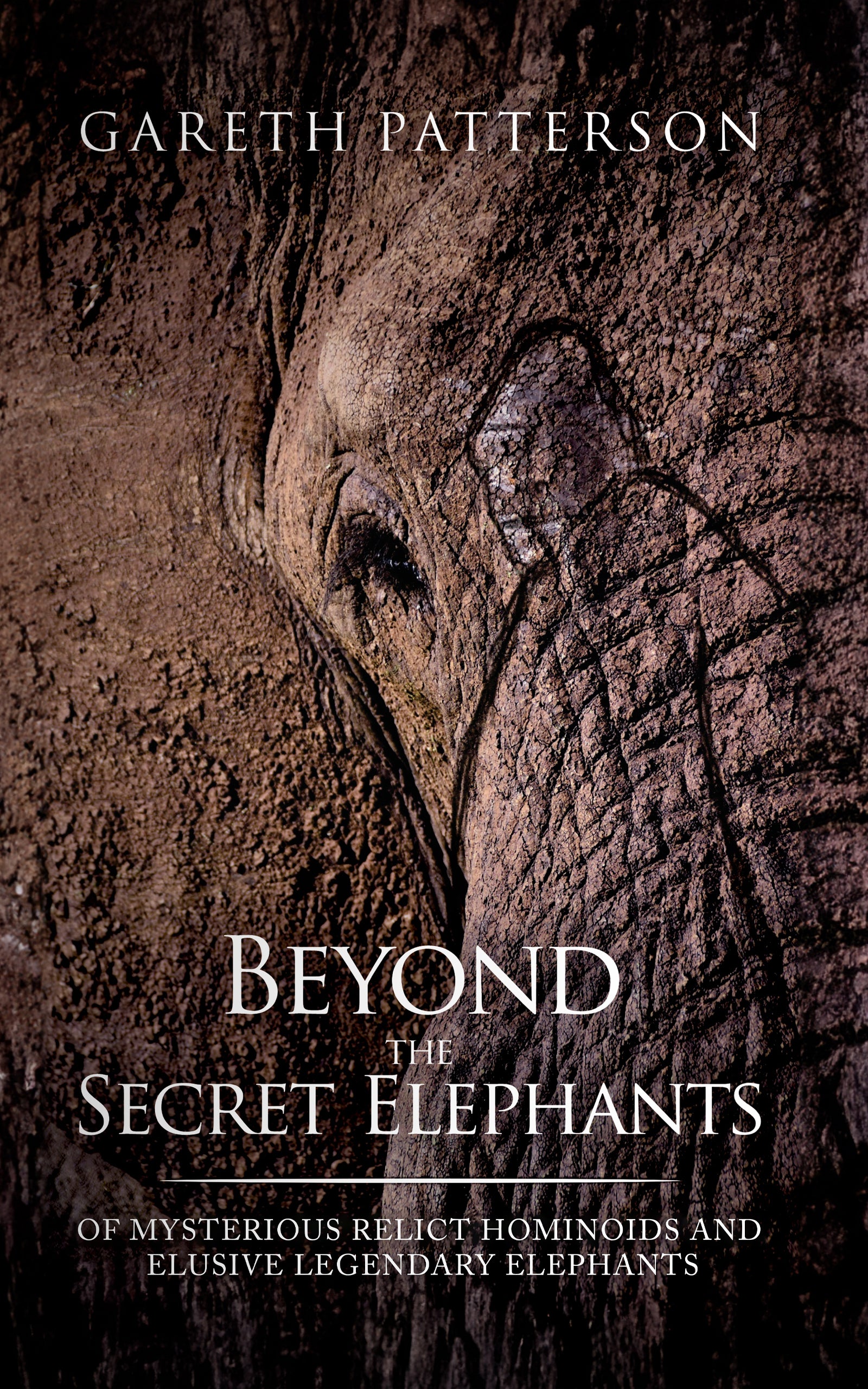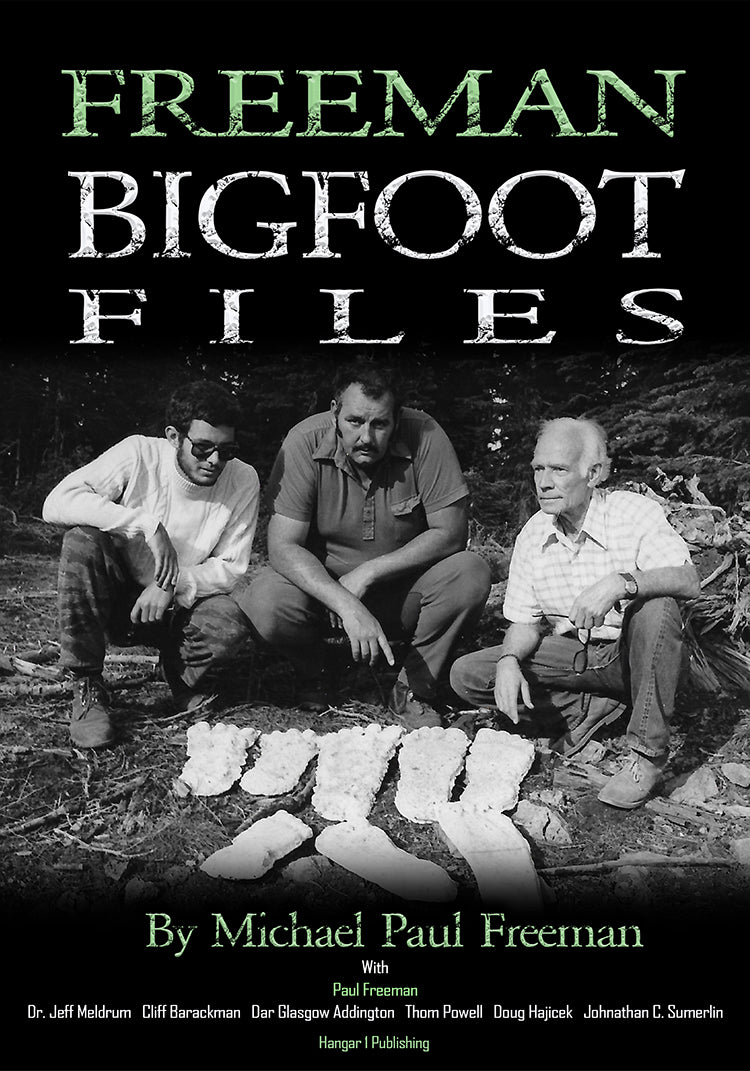Near-Death Experiences and ET Realms: Where Dying and Contact Collide

By Elaine Westfield, Ufologist
I've spent years studying people who report extraordinary encounters-experiences that don't fit neatly into our understanding of consciousness or reality. And here's what keeps me up at night: the strange, persistent overlap between people who've nearly died and people who believe they've encountered extraterrestrial intelligence.
On paper, these experiences couldn't be more different. One involves cardiac arrest and tunnels of light. The other involves missing time and beings with oversized eyes. Yet when you actually sit with experiencers from both groups, something uncanny emerges. They come back changed in remarkably similar ways.
Let me take you through what we actually know-and what we're still desperately trying to figure out.
What Exactly Are We Talking About?
Before we can examine the overlap, we need clear definitions. A near-death experience is a profound personal experience associated with death or impending death. These aren't limited to clinical death-they can occur whenever someone genuinely believes they're dying.
Researchers like Bruce Greyson, Pim van Lommel, and Jeffrey Long have identified common features that show up across cultures: feelings of overwhelming peace, out-of-body perceptions, traveling through a tunnel toward light, a panoramic life review, and encounters with beings-often deceased relatives or figures of light.
The Greyson NDE Scale, a 16-item validated questionnaire, remains the gold standard for identifying and quantifying these experiences. A score of 7 or higher on this widely used and validated tool typically indicates a genuine NDE.
ET encounters-particularly alien abduction experiences-follow a different script entirely. The typical abduction narrative involves involuntary transport, missing time, finding oneself inside a strange craft, encountering non-human beings (often the "Grey" archetype), undergoing medical examination without consent, and receiving telepathic messages or warnings.
Here's where it gets interesting: both experiences share certain structural elements. Out-of-body sensations. Brilliant lights. Telepathic communication. A sense that the experience was "more real than a dream." But the core narratives diverge sharply-one centers on afterlife themes, the other on biological or informational exchange with external intelligence.
The Numbers: How Rare Are ET-Themed NDEs?
Let's be honest about the data. Explicit extraterrestrial motifs in NDEs are rare.
Analysis of the Near-Death Experience Research Foundation database-the world's largest public collection with over 3,700 accounts-reveals that fewer than 1% of narratives contain explicit keywords like "alien," "extraterrestrial," "UFO," or "spaceship."
But here's the catch: the majority of those rare ET-themed NDEs were reported by individuals whose experiences occurred after the mid-1970s. And they spiked noticeably after 1987. That year matters because it's when Whitley Strieber published Communion, his bestselling account of abduction experiences. This temporal correlation raises an uncomfortable question: Are we seeing genuine experiences, or cultural scripts being applied to ineffable events?
I don't think it's either/or. Culture shapes interpretation, but that doesn't mean the underlying experiences are fabricated. We interpret everything through available frameworks-why would mystical experiences be different?
Four Cases That Challenge Easy Explanations
The statistical rarity makes individual cases more, not less, interesting. Let me share four that I find particularly compelling.
Bonnie J. (NDERF #8836)
Following a cardiac arrest in 2019, Bonnie reported being shown Earth's quantum structure before traveling to the Pleiades and Orion's Belt. In her ICU recovery, she had visions of "foreign beings who were not from earth whom we would call aliens." She described these as "our/my Elohim (gods plural)" and received information that humans are "descendants of extraterrestrial beings" with "DNA of extraterrestrials."
Hanne B. (NDERF #3426)
After a fall at age three in 1943-long before UFO culture saturated media-Hanne was declared dead before reviving. She recalls accelerating away from Earth like "Google Earth" and finding herself "among thousands of stars and spiral galaxies," feeling she was "part of the Whole." She explicitly refers to this as her "extraterrestrial experience" and encountered a "being, or a voice, clearly mystical or of non-terrestrial origin."
Bristol O. (NDERF #13171)
This experiencer stated unequivocally, "Aliens exist!!! Life exists outside this planet." The account describes soaring among nebulae and visiting other planets-an experience that felt "definitely real" and like a "peek behind the curtain."
Ron A. (NDERF #916)
After a near-drowning, Ron heard "God himself" acknowledge that "UFO do co-exist with us and are not to be feared." He received information that "there 'is' other life, beings, not microbes" residing outside our solar system.
These aren't typical NDE accounts. They're outliers. But outliers often point toward something our current models can't quite capture.
Comparing the Phenomenology
To understand the relationship between these states, we need to look at the motifs side by side. I've found that comparing NDEs, abduction experiences, and DMT entity encounters reveals both striking overlaps and clear divergences.
The triggers differ dramatically. NDEs require a life-threatening event or perceived threat of death. Abduction experiences typically emerge from mundane settings-bedrooms, cars-with no physiological crisis. DMT experiences require ingestion of the psychedelic substance.
Out-of-body experiences are common across all three. NDErs report them frequently-estimates range from 24-75%. Abductees often describe floating or being pulled from the body. DMT users experience OBEs, though often into abstract or geometric spaces.
The tunnel motif appears across all three, though with variations. NDErs describe it about 31% of the time. Abductees sometimes report a corridor of light or transport beam. DMT users commonly experience tunnels, often as cylinders of light.
Entity encounters show the most interesting divergence. NDErs typically meet deceased relatives or beings of light. Abductees encounter Grey aliens, reptilians, or insectoid beings. DMT users meet entities 39% label as "alien," though also "guides," "spirits," or "elves."
The emotional tone differs starkly. NDEs are overwhelmingly positive-peace, joy, love dominate. Distressing NDEs exist but remain a minority. Abduction experiences often carry fear, helplessness, and trauma. DMT experiences lean positive, though fear appears in about 41% of cases.
The life review-that panoramic replay of one's entire life-appears in about 13% of NDEs. It's almost never reported in abductions or DMT experiences.
Medical examinations are a core feature of abductions-often non-consensual and focused on reproduction. They're absent from NDEs and DMT trips.
What unites all three? The "realer than real" quality. Experiencers across all categories insist these weren't dreams or hallucinations. They felt more vivid, more meaningful than ordinary waking life.
The Transformation Convergence: This Is Where It Gets Fascinating
Here's what I consider the most significant finding in this entire field: the aftereffects of NDEs and ET contact experiences are nearly identical.
Kenneth Ring's "The Omega Project" first documented this pattern. Using his Life Changes Inventory, Ring found that both NDErs and UFO experiencers reported the same constellation of profound life changes.
The massive FREE/CCRI Experiencer Research Study (N=3,256) later corroborated these findings independently. The consistency between the FREE and Ring studies supports what Ring called a "pervasive pattern of wide-ranging and powerful psychophysical changes."
What changes? Both groups report:
- Increased spirituality: A shift away from formal religion toward a more universal, inclusive sense of interconnectedness
- Decreased fear of death: A profound reduction in death anxiety and strengthened belief in consciousness survival
- Reduced materialism: Less interest in possessions, status, and competitive striving
- Heightened compassion and ecological concern: Greater reverence for life and the planet's health
- Increased psychic sensitivity: Many report heightened telepathy, precognition, or intuition following their experience
This convergence fascinates me because it suggests the transformative power might be independent of the experience's specific content. Whether you believe you visited heaven or were examined by beings from Zeta Reticuli, you come back with the same fundamental reorientation toward life.
Some contact experiencers describe a "fear to love" trajectory-initial terror giving way to profound positive shifts over time. This mirrors what we see in some initially distressing NDEs that become integrated as ultimately positive experiences.
What Neuroscience Can (and Can't) Explain
I'm a neuroscientist by training. I take brain-based explanations seriously. But I also recognize their current limitations.
What Brain Models Can Account For
Cerebral anoxia (oxygen deprivation) and hypercapnia (excess CO2) can trigger some NDE-like phenomena. G-force induced loss of consciousness in fighter pilots produces tunnel vision and bright lights. But here's the problem: Pim van Lommel's landmark 2001 Lancet study found that NDEs were not correlated with the severity of oxygen deprivation. Some NDErs had higher oxygen levels than non-experiencers.
Temporal lobe activity can produce complex hallucinations and a sense of presence. Electrical stimulation of the temporoparietal junction induces out-of-body experiences by disrupting the brain's self-model. NDErs do show more temporal lobe epilepsy-like patterns. But this explains the sensation of floating, not the detailed narratives of meeting specific deceased relatives.
REM intrusion and sleep paralysis offer strong candidates for explaining abduction accounts. The core features-sensed presence, chest pressure, inability to move-map closely onto abduction narratives. Sleep paralysis research has documented this overlap convincingly. But this model struggles with NDEs occurring during cardiac arrest, when REM sleep is physiologically impossible.
Recent studies have detected bursts of coherent gamma-wave activity in dying brains. The AWARE II study found EEG activity compatible with consciousness during CPR. These are fascinating findings. But we haven't yet directly correlated these electrical surges with a reported NDE.
What Brain Models Struggle With
Pharmacological analogs provide partial matches. Ketamine, an NMDA receptor antagonist, produces NDE-like features including OBEs and bliss. But comparative studies show classic NDE elements are significantly more common in actual NDEs than ketamine experiences.
DMT reliably produces tunnel experiences, ego dissolution, and entity encounters. A large-scale survey found 39% of users labeled the entities as "alien." These encounters are rated as "more real than real" and lead to lasting positive changes. But DMT experiences rarely feature life reviews and don't typically include the specific "Grey alien" and medical-exam motifs of abduction lore.
The bottom line: brain-based models can replicate the form of these experiences-tunnels, lights, floating. They struggle to explain the highly structured, meaningful, and culturally specific content.
The Culture Question: Are Media and Movies Shaping These Experiences?
I'd be intellectually dishonest if I ignored the cultural dimension.
The timeline of ET motifs in Western anomalous experiences tracks disturbingly well with media inflection points. The modern UFO era began in 1947 with Kenneth Arnold's sighting and Roswell. The Betty and Barney Hill case (1961) established the foundational abduction template. The 1980s saw an "abduction epidemic" following Strieber's Communion and Hopkins' Intruders. The X-Files (1993-2002) disseminated complex abduction mythologies including government conspiracy and hybridization themes.
The 2017 New York Times article revealing the Pentagon's AATIP program, followed by official DoD video releases and congressional hearings, lent new mainstream credibility to UAP phenomena.
Cross-cultural data adds another wrinkle. Studies of NDEs in India report encounters with Hindu mythological figures like Yamraj and his messengers-not aliens. Indian NDE accounts don't traditionally feature spacecraft. Historical Chinese accounts describe underworld bureaucracies, not extraterrestrials.
This suggests the interpretive lens applied to the experience depends heavily on pre-existing cultural frameworks. Many psychological researchers favor a "cultural source" or "schema-driven confabulation" model. In this view, ambiguous anomalous experiences get interpreted using the most plausible culturally available narratives.
I don't find this explanation complete, but I can't dismiss it either. Culture shapes how we interpret everything-including experiences that feel utterly real and transformative.
Competing Theories: What's Actually Happening?
No single theory accounts for everything. Let me walk you through the major frameworks and what each predicts.
The Survival/Filter Model
This view holds that consciousness is fundamental and survives bodily death. The brain acts as a "filter" or "transceiver." William James proposed this over a century ago, and it's been refined by contemporary researchers. The filter theory suggests NDEs and ET encounters represent genuine glimpses of a non-physical realm accessed when the brain's filtering function is compromised.
Testable prediction: successful veridical perception of hidden targets during clinically monitored OBEs. The AWARE studies have attempted this but haven't yet produced definitive positive results.
The Interdimensional/Ultraterrestrial Model
Jacques Vallée and others have proposed that these phenomena are caused by intelligent, non-human entities from parallel realities who manipulate human consciousness and culture. The shared motifs are deliberately projected as part of a "control system" to influence belief systems. The phenomena are objectively real but potentially deceptive.
Testable prediction: UAP/encounter patterns should track and mimic human cultural and technological development, always staying slightly ahead.
The Panpsychism/Idealism Model
This framework holds that consciousness is fundamental and ubiquitous. "Aliens" might not be extraterrestrial at all but autonomous, non-human psychic complexes or archetypes within a broader "Mind at Large."
Testable prediction: Increased psychedelic research should reveal a wider taxonomy of "entity" types that correlate with specific brain states but not with physical space travel.
The Simulation Hypothesis
If our reality is a sophisticated computer simulation, NDEs and ET encounters could be "glitches," interactions with system administrators, or scripted subroutines experienced at the point of "de-resolution."
Testable prediction: discovery of fundamental "pixels" or computational limits in the laws of physics.
The Neurocognitive Model
All experiences are products of brain function. Anomalous experiences result from unusual brain states. ET imagery is a cultural "script" used by the brain to make sense of ambiguous internal stimuli.
Testable prediction: precise correlation between specific brain activity and specific NDE/ET motifs, with no evidence of veridical perception.
The Path Forward: Research That Could Actually Answer These Questions
We're stuck in a methodological muddle. Data sits in silos. The most controversial research-particularly abduction studies using hypnosis-has been plagued by problems.
Professional bodies like the American Psychological Association caution against using hypnosis to recover memories because it's highly susceptible to suggestion and confabulation. Future research must use non-leading, open-ended interviewing techniques and validated instruments like the Greyson NDE Scale and the Impact of Event Scale-Revised.
We need trauma-informed interviewing that follows guidelines from SAMHSA and WHO for ethical and safe research. Preregistration of study protocols. FAIR data principles. Proper informed consent.
What would a rigorous prospective study look like? Picture multi-center hospital monitoring during cardiac arrests, with continuous EEG, cerebral oximetry, and pre-registered hidden targets placed on high shelves-invisible from the ground. Survivors would be interviewed using a veridical NDE Scale to probe for recall of those targets. Simultaneously, researchers would archive UAP sensor data for the surrounding regions and look for spatiotemporal correlations.
If survivors accurately reported hidden targets, that would be difficult to explain via brain-based models alone. If no veridical perception occurred but NDEs correlated with specific physiological markers, that would support neurocognitive explanations.
Either outcome moves us forward. Right now, we're mostly arguing in circles.
What This Means for Those of Us Seeking Answers
I've sat with hundreds of experiencers over the years-people who've nearly died, people who believe they've encountered non-human intelligence, people who've had both. Their experiences differ in countless details. But the transformation? That's remarkably consistent.
They come back less afraid of death. More attuned to what they call spiritual dimensions. Less interested in accumulating stuff. More connected to other people and to the planet.
Maybe the content of these experiences-whether you see a tunnel of light or a Grey alien-matters less than the fact of encountering something that shatters your ordinary model of reality. Once that happens, you can't go back to seeing the world the same way.
I don't know if these experiences represent contact with non-human intelligence, an undocumented neurological phenomenon, or something our current frameworks can't even conceptualize. What I do know is that they deserve rigorous study rather than dismissal.
The people having these experiences aren't seeking attention. Most prefer anonymity. They're simply trying to make sense of events that don't fit into any box we've provided them. The least we can do is take their accounts seriously enough to investigate properly.
The overlap between near-death experiences and ET encounters might be telling us something about the nature of consciousness itself-or about the limitations of our current science. Either way, the question is too important to ignore.
From Bigfoot to UFOs: Hangar 1 Publishing Has You Covered!
Explore Untold Stories: Venture into the world of UFOs, cryptids, Bigfoot, and beyond. Every story is a journey into the extraordinary.
Immersive Book Technology: Experience real videos, sights, and sounds within our books. Its not just reading; its an adventure.


